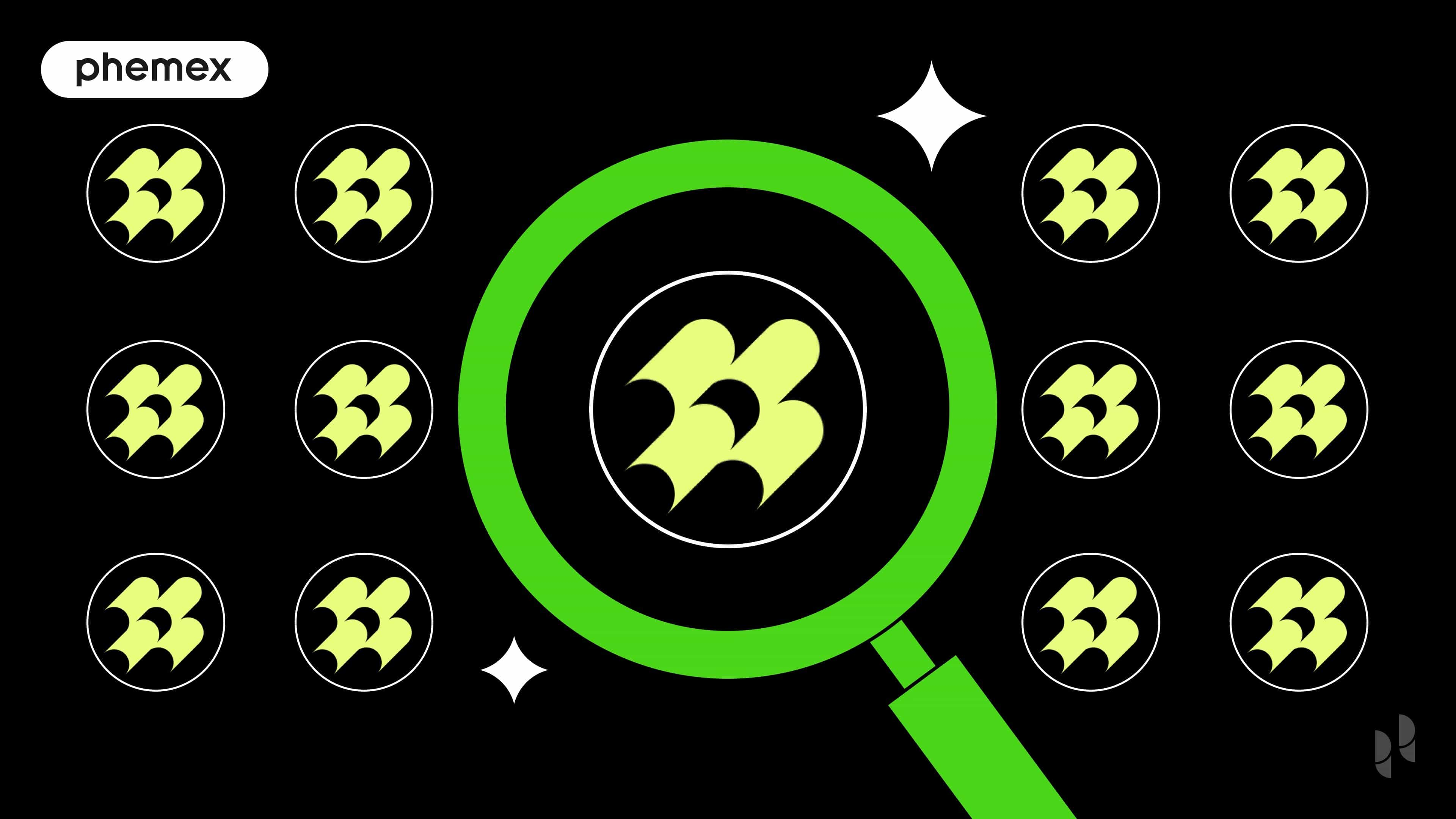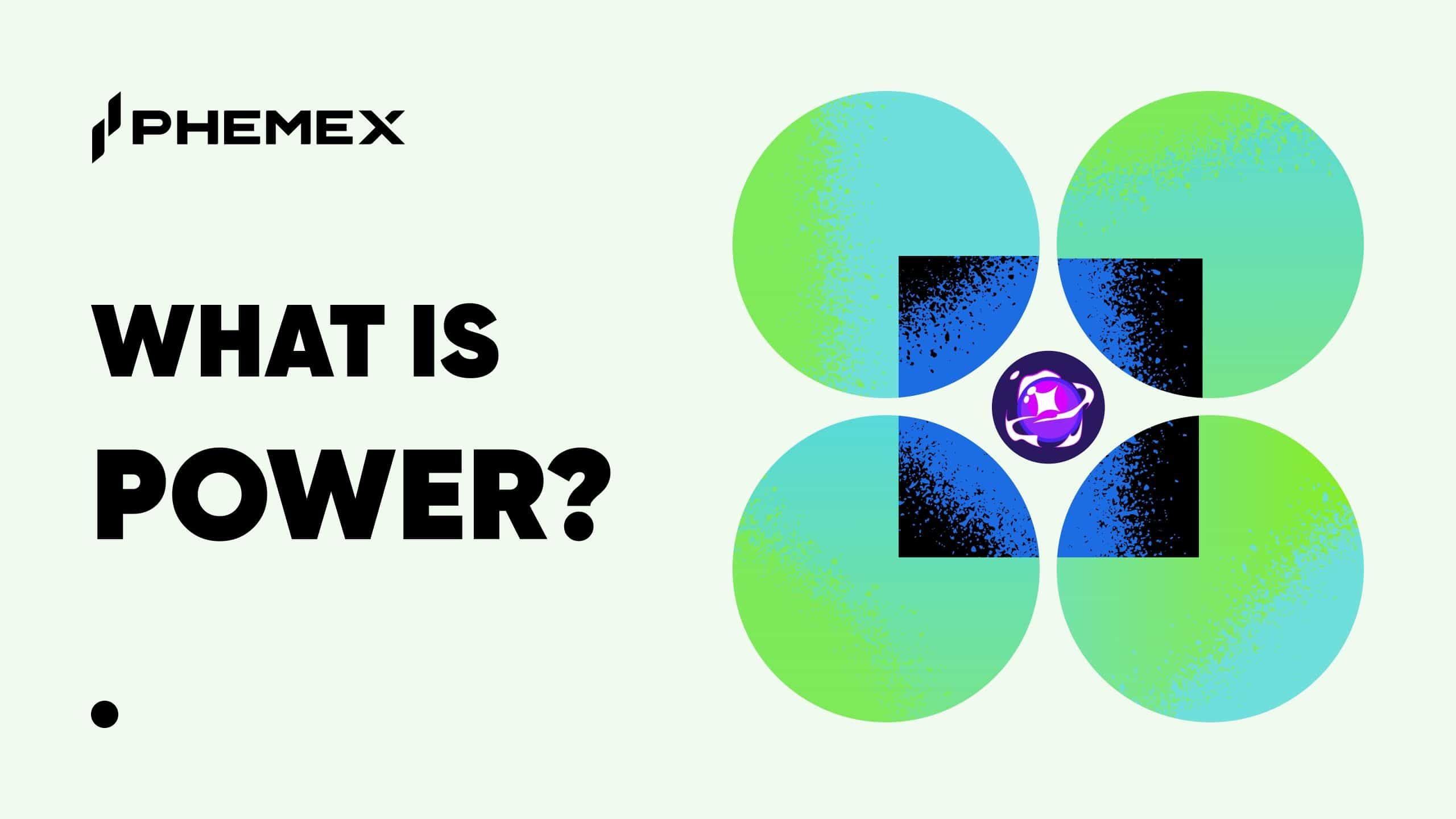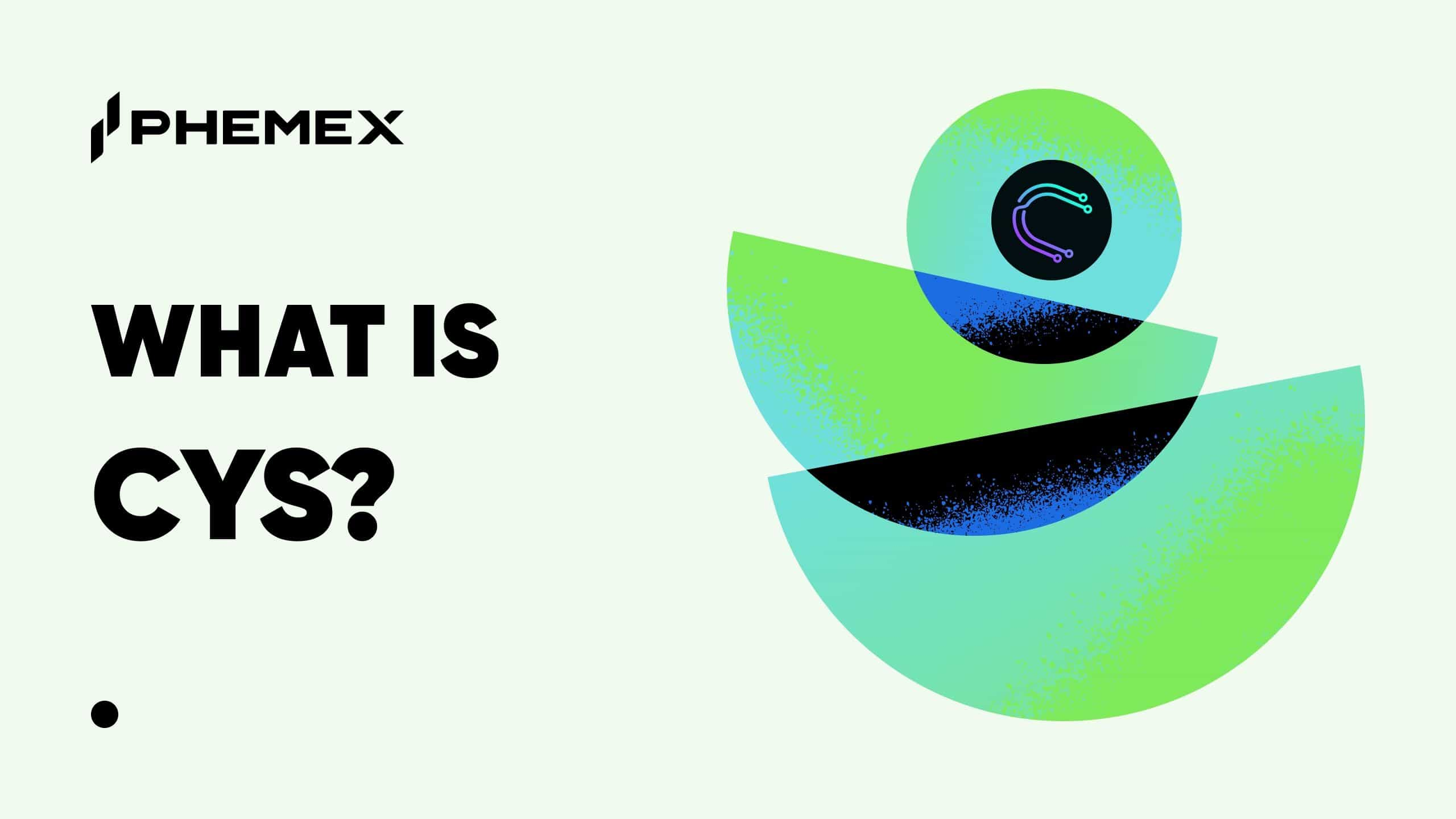Summary Box (Quick Facts)
-
Ticker Symbol: PIPE
-
Chain: Solana
-
Contract Address: 7s9MoSt7VV1J3jVNnw2AyocsQDBdCkPYz5apQDPKy9i5
-
Circulating Supply: 100,000,000 PIPE
-
Total Supply: 1,000,000,000 PIPE
-
Primary Use Case: Decentralized cloud services, including CDN and storage.
-
Current Market Cap: Approximately $8.2 million (Note: This value is subject to market volatility).
-
Availability on Phemex: Yes (Spot)
What Is Pipe Network?
Pipe Network (PIPE) is a permissionless, full-stack cloud platform built on the Solana blockchain, designed to deliver, store, and route data with performance that rivals major hyperscalers. So, what is Pipe Network in simple terms? It’s a decentralized alternative to traditional cloud services. Instead of relying on a few large, centralized data centers, Pipe has a fundamentally different architecture: a global fabric of hyperlocal Points of Presence (PoPs) operated by anyone, anywhere.
This innovative model creates a network of mini-servers that brings content delivery to within approximately 50 miles of end-users, drastically cutting down on lag and improving speed for a truly real-time experience. Pipe Network's product stack is built to be a one-stop-shop for decentralized infrastructure:
-
Pipe CDN: A hyperlocal content delivery network optimized for high-demand applications like video streaming, online gaming, decentralized applications (dApps), and AI workloads.
-
Firestarter Storage: A decentralized origin storage solution designed to integrate seamlessly with the delivery network, ensuring data is both secure and readily accessible.
-
P1 Overlay Network: A sophisticated, software-defined routing layer that intelligently analyzes and stitches together the fastest possible data paths across multiple networks.
By decentralizing the cloud, PIPE explained simply, the project aims to build a more resilient, accessible, and cost-effective internet backbone that is owned and operated by its community of users. It challenges the dominance of centralized providers by offering a permissionless platform where anyone can contribute resources and, in return, help build a faster, more open web.
How Many PIPE Are There? A Deep Dive into PIPE Tokenomics
The economic engine of Pipe Network is one of its most sophisticated features. With a fixed total supply of 1 billion PIPE tokens at its genesis, the project’s tokenomics are meticulously designed to balance incentivizing network participation with long-term token value preservation. This is achieved through a dynamic interplay of controlled emissions, a powerful burn mechanism, and clear allocation strategies.
Token Allocation & Vesting Schedules
The initial 1 billion PIPE supply was allocated across key ecosystem stakeholders to ensure balanced growth and long-term alignment.
-
Strategic Investors: 32.34% (323,400,000 PIPE)
-
Community: 22% (220,000,000 PIPE)
-
Ecosystem & Treasury: 19.99% (199,900,000 PIPE)
-
Core Contributors & Labs: 15.67% (156,700,000 PIPE)
-
Node Operators: 10% (100,000,000 PIPE)
To foster a long-term commitment, tokens allocated to investors and the core team are subject to significant vesting schedules. Investor tokens begin unlocking one year after the Token Generation Event (TGE), while team tokens are locked for a full two years before beginning a linear vesting period. This structure ensures that key insiders are incentivized to build sustainable value over many years.
The Emissions Model: Proof-of-Useful-Work
Pipe Network’s inflation model is not a simple, passive reward system. It operates on a Proof-of-Useful-Work (PoUW) basis, meaning new PIPE tokens are only minted when verifiable, useful work—delivering data or storing files—is completed. This is coupled with a disinflationary schedule, where the maximum potential inflation rate decreases over time.
The nominal inflation cap starts at 12% in the first year and decreases by 18% annually until it reaches a permanent floor of 1.5%. However, the most critical feature is its Usage-Gated Emissions. The nominal cap is merely a ceiling; the realized emissions are directly tied to the actual work performed by nodes and can never exceed approximately 51.5% of that monthly cap.
For example, in Year 1, while the nominal cap is 12%, the maximum possible inflation is closer to 6.18%. If the network is underutilized and nodes only perform enough work to claim half of that amount, the realized inflation would only be ~3.09%. This demand-driven model ensures that the creation of new tokens is always justified by tangible value being provided to the network's users.
The Burn-to-Credit Deflationary Mechanism
The deflationary counterforce to these emissions is the Burn-to-Credit system. This is the primary way users pay for services on the network and is a powerful mechanism for reducing the circulating supply.
Instead of paying directly with volatile PIPE tokens, users burn PIPE to mint stable, non-transferable Data Credits (DCs). The conversion is done at a live oracle price, so burning 10 PIPE tokens might generate $50 worth of DCs if the price of PIPE is $5. These credits are then consumed to pay for bandwidth and storage.
This process is handled elegantly on the Solana blockchain through per-user burn vaults. Each user has a dedicated Program Derived Address (PDA) that holds their credits, ensuring a seamless and secure user experience.
The key takeaway is that every time a user pays for services, PIPE is permanently removed from the total supply. The network's health can be measured by a simple formula: Net Supply Change = Total Minted - Total Burned. In periods of high demand, the amount of PIPE burned can exceed the amount minted, making the token net deflationary and increasing its scarcity.
Node Operator Genesis Program
To kickstart the network and ensure a diverse, global distribution of PoP nodes from day one, 10% of the total supply (100,000,000 PIPE) was allocated to the Node Operator Genesis Program. This fund is distributed over 24 months to incentivize early participants who contribute to the network's performance and geographic expansion. This program is a strategic expenditure from the initial allocation and is separate from the ongoing PoUW emissions.
What Does PIPE Do?
The PIPE token is the multifaceted utility token that powers every function within the Pipe Network ecosystem. Its design ensures that the token's value is intrinsically linked to the platform's growth and utility.
The main PIPE use case revolves around several key functions:
-
Payments via Data Credits (DCs): As detailed above, this is the token's most critical function. All services on the network are paid for using DCs, which can only be created by burning PIPE. This creates a constant, demand-driven sink for the token, making it essential for any user of the platform.
-
Staking for Node Operators: To run a PoP node and earn rewards, operators must stake PIPE. This stake acts as a security deposit, economically incentivizing them to provide reliable, high-quality service and penalizing malicious behavior.
-
Delegated Staking & Liquid Staking (LovePIPE): For token holders who want to earn yield without running hardware, PIPE can be delegated. The network supports a liquid staking token, LovePIPE. When you stake PIPE, you receive LovePIPE, which represents your share of the staking pool and accrues value as the pool earns rewards. This LST can be used in other DeFi applications, providing liquidity to stakers.
-
Governance: Staking PIPE grants voting power, allowing the community to participate in binding votes on crucial protocol parameters, such as reward rates, technical upgrades, and treasury management.
PIPE vs. Traditional CDNs (Hyperscalers)
While PIPE is a cryptocurrency, its true competitors are the centralized hyperscale cloud providers that dominate the web today. The Pipe vs. Hyperscalers comparison reveals the fundamental advantages of its decentralized architecture.
| Feature | Hyperscalers (e.g., AWS, Cloudflare) | Pipe Network |
| Infrastructure Model | Centralized data centers in a few dozen major metro hubs | Distributed hyperlocal PoP nodes run permissionlessly worldwide |
| Latency | Optimized regionally, often exceeding 20ms | Sub-10ms from hyperlocal PoPs, offering LAN-like speeds |
| Scalability | Requires massive, capital-intensive buildouts | Scales organically and efficiently as new participants deploy PoPs |
| Control | Centralized corporate ownership and governance | Community-driven, permissionless participation and governance |
| Economics | Opaque, proprietary pricing models | Transparent, open-market pricing driven by supply and demand |
The Technology Behind PIPE
Pipe Network’s technical foundation is engineered for superior performance, robust security, and true decentralization.
-
Consensus Mechanism: By building on Solana, PIPE leverages its unique Proof-of-History (PoH) and Proof-of-Stake (PoS) consensus mechanism. This enables the network to process the massive volume of micro-transactions and data verifications required for a global CDN, all with sub-second finality and extremely low fees.
-
Hyperlocal PoP Nodes: This is Pipe's core innovation. Instead of large, costly data centers, the network is composed of thousands of lightweight PoP nodes. These can be deployed in local ISP facilities, internet exchange points (IXPs), or even community-run locations. This deep geographic distribution enables ultra-low latency (often sub-10ms), boosts throughput, and creates a highly resilient network with no single points of failure.
-
Advanced Security & Data Integrity: Pipe integrates a multi-layered security model to protect its users and infrastructure:
-
DDoS Protection: The network offers built-in Distributed Denial of Service (DDoS) protection at the edge to shield endpoints from malicious traffic.
-
DMCA Complaint System: A sophisticated backend system allows content owners to efficiently manage and process DMCA takedown requests, ensuring legal compliance.
-
IP Allowlisting: Users can configure strict access controls, restricting their content to specific IP addresses to ensure only authorized parties can retrieve data.
-
Verifiable Proofs: The network uses cryptographic proofs (Proof of Bandwidth and Proof of Storage) to verify that all work is completed honestly, preventing fraud and ensuring rewards are distributed fairly.
-
Team & Origins
Pipe Network is developed by Permissionless Labs and was founded by David Rhodus, a former engineer at Amazon Web Services (AWS) who now serves as CEO. The team is composed of experienced engineers with backgrounds at other major tech companies like Palantir, bringing deep expertise in cloud infrastructure and distributed systems.
The project has attracted significant backing from prominent venture capital firms, including Multicoin Capital, Solana Ventures, and Robot Ventures. It is also supported by influential angel investors such as Anatoly Yakovenko, the CEO and co-founder of Solana Labs, lending it immense credibility and strategic resources.
Key News & Events
-
September 2024: Pipe Network announced it had successfully raised $10 million in a Series A funding round led by Multicoin Capital.
-
June-July 2025: The project conducted a highly anticipated public sale for the PIPE token on the CoinList platform, a launchpad known for vetting high-quality projects.
-
October 8, 2025: The Pipe Network mainnet officially went live, and the PIPE token was generated, marking the beginning of its public trading journey.
-
October 15, 2025: Pipe announced a strategic partnership with Jito, a leading liquid staking provider on Solana, to introduce a liquid staking program for PIPE (LovePIPE).
Is PIPE a Good Investment?
Evaluating PIPE as an investment requires a careful analysis of its disruptive potential against the inherent risks of the cryptocurrency market and the competitive landscape of cloud infrastructure.
Potential Strengths:
-
Market Positioning: Pipe is a flagship project in the rapidly growing DePIN (Decentralized Physical Infrastructure Networks) sector. This narrative is gaining significant traction as it aims to disrupt trillion-dollar, real-world industries with blockchain-based solutions.
-
Technological Advantage: Its hyperlocal PoP architecture offers tangible performance benefits—particularly lower latency—over centralized competitors, giving it a strong edge in high-growth markets like gaming, AI, and real-time streaming.
-
Robust Tokenomics: The PIPE investment potential is strongly supported by its economic design. The direct link between network usage and token burns creates a powerful value accrual mechanism, meaning as the platform succeeds, the token is designed to become scarcer.
-
Strong Team and Backing: The project is led by a team with direct experience building at hyperscale and is supported by some of the most respected investors in the crypto space.
Risks to Consider:
-
Intense Competition: Pipe faces formidable competition from both established Web2 giants like Amazon CloudFront and Cloudflare, who have massive resources and market share, as well as other DePIN projects.
-
Market Volatility: As an altcoin, PIPE is subject to high price volatility, influenced by broader market sentiment, regulatory news, and project-specific developments.
-
Adoption Hurdles: The long-term success of Pipe depends on its ability to onboard a critical mass of both PoP node operators (supply) and paying customers (demand) to create a vibrant, self-sustaining ecosystem.
Conclusion:
Pipe Network presents a compelling and well-designed project for those bullish on the future of decentralized infrastructure. Its technology solves real-world problems, its economic model is sound, and its team is highly credible. However, as with any investment in the crypto space, investors should conduct their own thorough research and be mindful of the risks involved.
Disclaimer: This is not financial advice. Crypto trading involves risks; only invest what you can afford to lose.
How to Buy PIPE on Phemex
You can trade PIPE quickly and securely on Phemex, a trusted platform for both new and experienced traders. To get started, follow these simple steps:
-
Log in to your Phemex account or create a new one if you don't have one.
-
Navigate to the Spot Trading section from the main menu.
-
Use the search bar to find the PIPE/USDT trading pair.
-
On the trading interface, specify the amount you wish to purchase and choose your order type (e.g., Market or Limit).
-
Confirm your order. After it executes, your PIPE tokens will be available in your Phemex wallet.
For a detailed walkthrough, check out our guide on How to buy PIPE. Stay updated with the latest News about PIPE and monitor the live PIPE price on our platform to make informed trading decisions.
FAQs
1. What blockchain is Pipe Network built on?
Pipe Network and its native utility token, PIPE, are built on the Solana blockchain. This choice was made to leverage Solana's high transaction throughput, low fees, and fast finality, which are essential for operating a high-performance decentralized cloud network.
2. How does Pipe Network ensure high-quality service from its nodes?
The network uses a combination of economic incentives and performance monitoring. Node operators must stake PIPE tokens as collateral. Their performance—measured by metrics like uptime, latency, and audit pass rates—determines their quality score, which in turn affects their rewards. Poor performance can lead to reduced rewards, while malicious behavior can result in slashing (losing a portion of their stake).
3. Is Pipe Network truly more cost-effective than traditional CDNs?
Pipe Network is designed to be significantly more cost-efficient. Its decentralized model eliminates the enormous overhead costs associated with building and maintaining large, centralized data centers. This allows the network to offer transparent, market-driven pricing where customers pay only for the resources they consume, often at a fraction of the cost of traditional providers. Ready to deepen your crypto knowledge? Explore Phemex Academy for more expert guides and insights.








